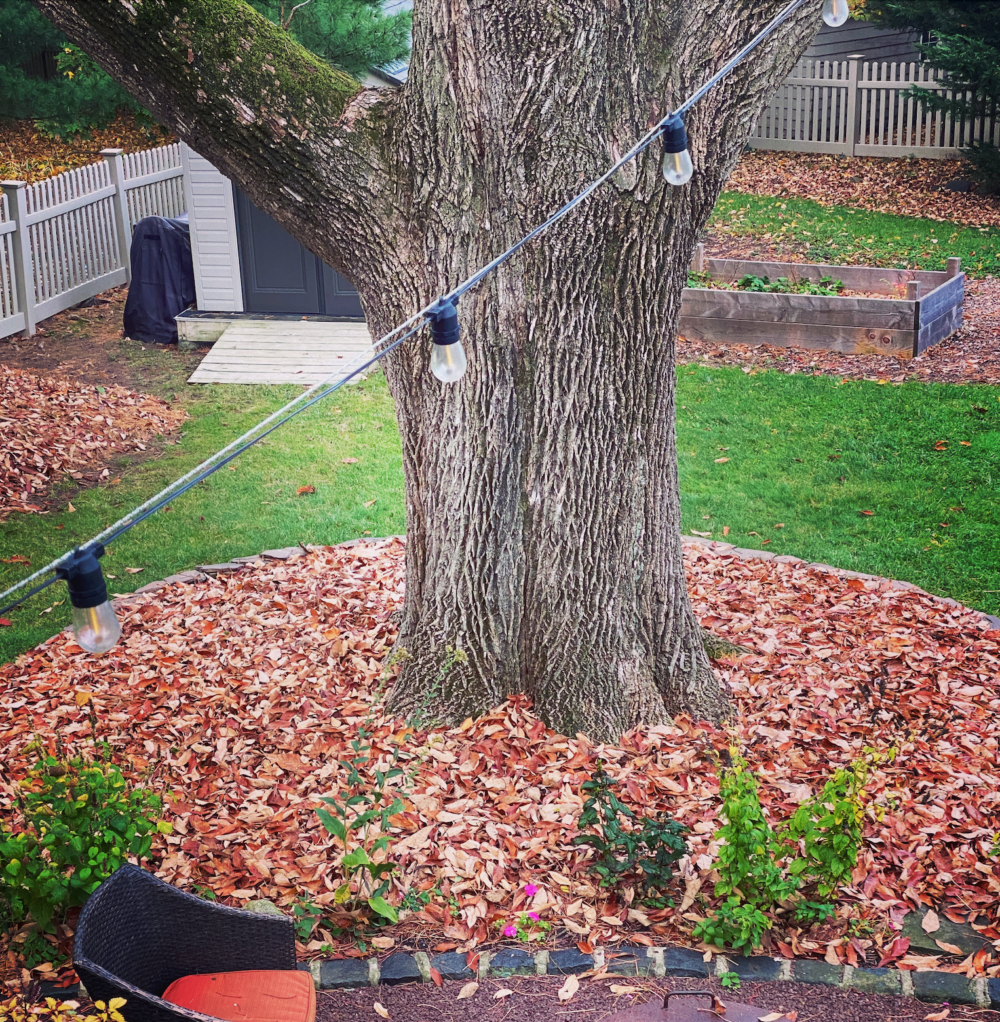We have much more to do and your continued support is needed now more than ever.
Declining Monarch Butterfly Finds Hope for Recovery in St. Louis

Despite this hopeful event over St. Louis last year, monarch butterfly populations are declining. Twenty years ago more than one billion monarch butterflies made the epic, 3,000 mile voyage from America’s backyards and grasslands to their wintering grounds in Mexico. Last year, the wintering population numbered only about 56 million.
While the monarch butterfly continues to wane, the efforts of the City of St. Louis are bringing people together to raise awareness about the monarch’s decline and to create more monarch habitat in the city.
Milkweeds for Monarchs
A little over a year ago, on Earth Day 2014, St. Louis Mayor Francis Slay launched Milkweeds for Monarchs: The St. Louis Butterfly Project. The initial challenge was to create 250 monarch gardens in the city to mark the 250th anniversary of the city’s founding. Mayor Slay led the effort by directing the city to plant 50 gardens, including several at fire stations, city parks and City Hall. The mayor, himself, created two monarch gardens at his personal residence, and regularly shares images of his monarch caterpillars and butterflies, as well as the other pollinators and species associated with monarch gardens.

Dozens of partners are working closely with the City of St. Louis, including the U.S. Fish and Wildlife Service, the St. Louis Zoo and the Missouri Botanical Garden. The project was covered as a best practice in the U.S. Conference of Mayors magazine and recently received a grant from the U.S. Fish and Wildlife Service Midwest Region to expand the program and evaluate the existing monarch gardens.
Neighborhood and School Monarch Gardens

Through the Mayor’s Office and the City’s Sustainability Director, Catherine Werner, St. Louis leads by example and also provides residents with critical local resources to make their monarch garden a success. Among other things, the city provides a recommended plant list, a guide on where to find the right plants and tips for caring for the plants to ensure their success.
![]() Visit NWF’s Garden for Wildlife site to find more garden resources and information about monarch butterflies and milkweed.
Visit NWF’s Garden for Wildlife site to find more garden resources and information about monarch butterflies and milkweed.





















